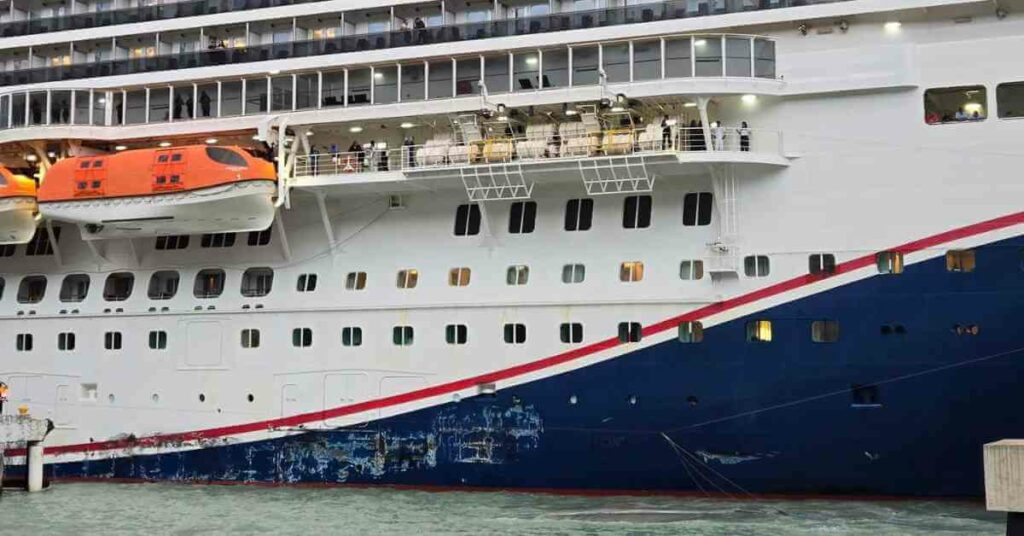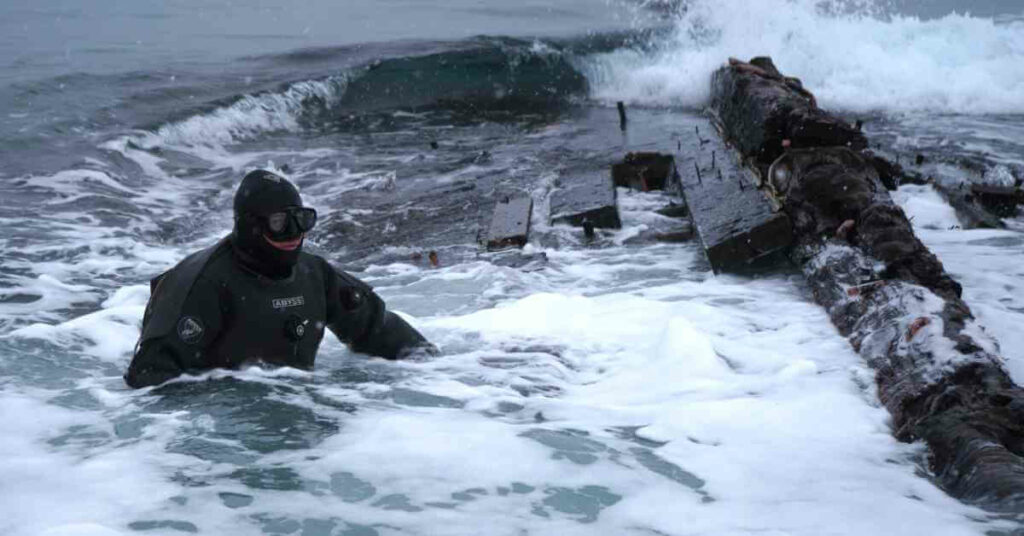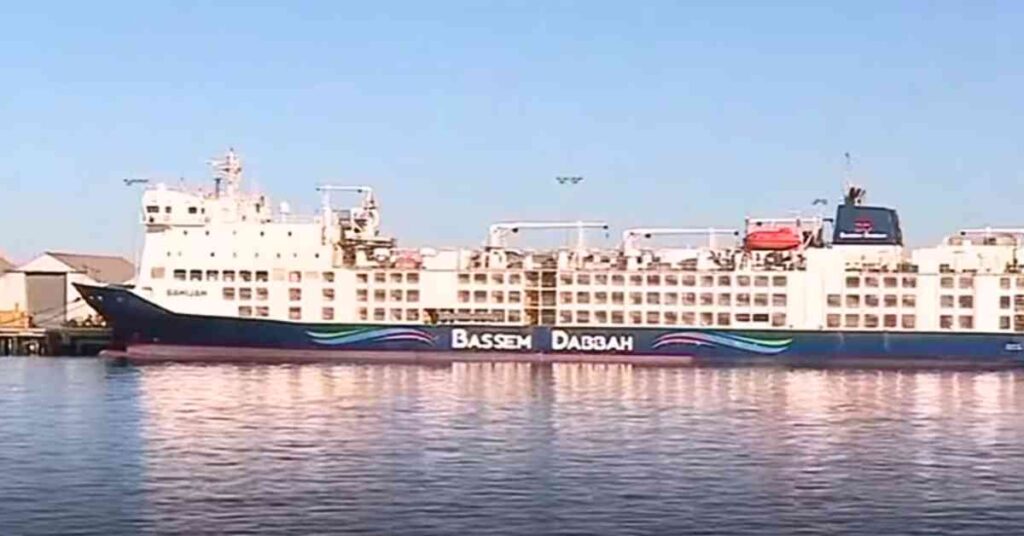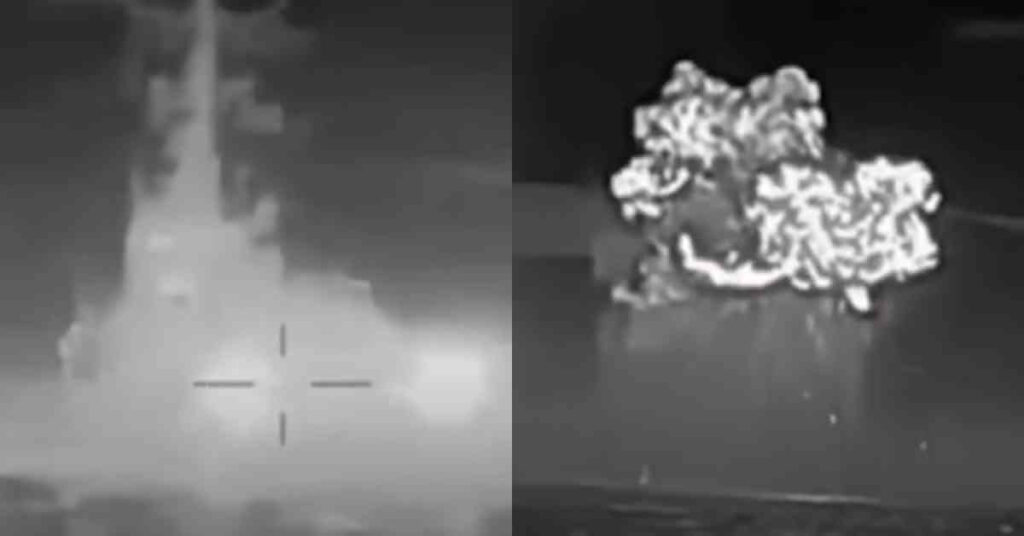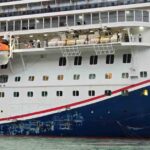U.K Considers Refitting Its Aircraft Carriers With Catapults, Arresting Wires
The U.K. Royal Navy is thinking of implementing aircraft launch and recovery systems on its Queen Elizabeth-class aircraft carriers to expand the flight deck’s capabilities for crewed and uncrewed air systems.
Colonel Phil Kelly, head of carrier strike and maritime aviation in the Royal Navy’s Develop Directorate, revealed a plan to retrofit arresting gear and assisted launch equipment as part of the Future Maritime Aviation Force (FMAF) vision.
Video Credits: U.S. Navy / YouTube
FMAF aims to explore the integration of unmanned aviation across the surface fleet, with a particular focus on carrier aviation.
The Queen Elizabeth-class carriers currently feature a flight deck arrangement with a 12.5-degree ski-ramp at the front and a port-side vertical recovery deck.
This configuration has been optimised to operate and support a single fixed-wing aircraft type: the F-35B Lightning II short takeoff vertical landing Joint Strike Fighter. No assisted launch or arresting machinery is presently installed.
Colonel Kelly outlined Project Ark Royal, a strand of FMAF investigating options for introducing aircraft launch and recovery equipment in phases.
The objective is to enable the operation of high-performance unmanned strike and support systems and potentially crewed fixed-wing aircraft.
“We plan to transition from STOVL to STOL, then to STOBAR, and ultimately to CATOBAR. This progressive approach spreads out the financial cost and enhances capability incrementally,” stated Colonel Kelly.
The initial step involves extending the available length for unassisted launches of unmanned air systems. A Mojave STOL aircraft will be launched off the angle of the flight deck on the U.S. east coast in November. Design work is underway to add sponsors and increase the runway length to 700 feet.
Subsequently, a recovery system will be introduced to the Queen Elizabeth design. The envisioned large fixed-wing unmanned aircraft system, known as Vixen, is expected to rely on some form of arrestment for recovery.
The final stage aims to incorporate an assisted launch system. “The addition of catapults would enable us to operate even the heaviest aircraft,” Colonel Kelly explained.
References: The Drive, USNI
Do you have info to share with us ? Suggest a correction
About Author
Marine Insight News Network is a premier source for up-to-date, comprehensive, and insightful coverage of the maritime industry. Dedicated to offering the latest news, trends, and analyses in shipping, marine technology, regulations, and global maritime affairs, Marine Insight News Network prides itself on delivering accurate, engaging, and relevant information.

About Author
Marine Insight News Network is a premier source for up-to-date, comprehensive, and insightful coverage of the maritime industry. Dedicated to offering the latest news, trends, and analyses in shipping, marine technology, regulations, and global maritime affairs, Marine Insight News Network prides itself on delivering accurate, engaging, and relevant information.
Latest Videos Articles You Would Like:
- Cruise Ship Damaged Due To Severe Weather, Passengers Stuck Abroad
- Archaeologists Examine 19th-Century Shipwreck Found On Canadian Coast
- Australia Stops Livestock Ship From Sailing Around Africa To Israel Amidst Houthi Attacks
- Iran Warns U.S. Of Targeting Cargo Ships Following Latest Airstrikes On Houthis
- Watch: Ukrainian Forces Destroy Russian Missile Boat In Black Sea Operation
- Two Dead After Tragic Collision Between Water Taxi And Passenger Ferry In the Philippines
Subscribe To Our Newsletters
By subscribing, you agree to our Privacy Policy and may receive occasional deal communications; you can unsubscribe anytime.



